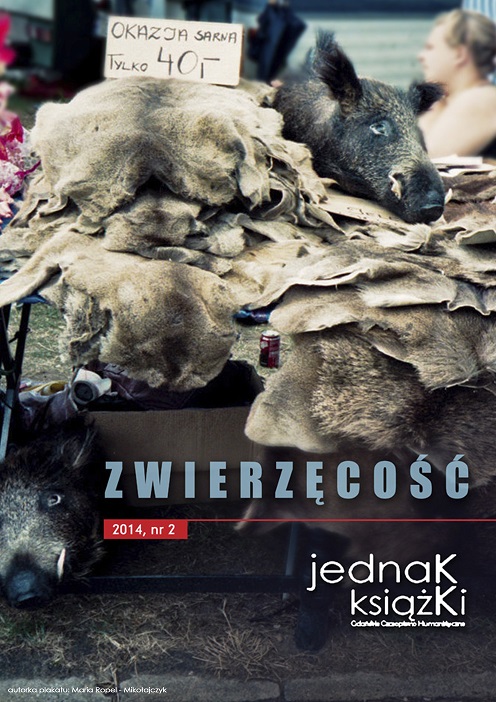„I dlaczego [Bóg] nie zmienia ich [grzeszników] w mięso i cukier?” – „Malowany ptak” Jerzego Kosińskiego a mięso i kategoria „mięsności”
Abstrakt
The space of a tiny town was the hiding place of a little boy from Jerzy Kosinski’s Painted Bird. However, life amongst bad villagers, violence, pigsticking, alongside the shortage of food was not easy at all. Both the historical events and everyday situations triggered the boy’s reflections and rhetorical al questions: ‘’Was the Red Army coming? The throbbing in the earth was like a heartbeat. I was wondering why, if God could change sinners into pillars of salt so easily, why was salt so expensive? And why doesn’t He turn some sinners into meat and sugar? The villagers certainly needed these as much as they salt’’.
During specific times, such as war and occupation, the analysis of threads connected with meat and food, pigsticking and sausages in particular shows two different orders: the nutritional as the first, the second one deals with the ‘meatness category’ considered as carnality and the potential to see the other human beings as meat and soul (or meat and dreams, as Hubert used to say). The article aims to present the above mentioned orders of talking about meat and certain ‘meatness category’ in a literary text.

 Uniwersyteckie Czasopisma Naukowe
Uniwersyteckie Czasopisma Naukowe




